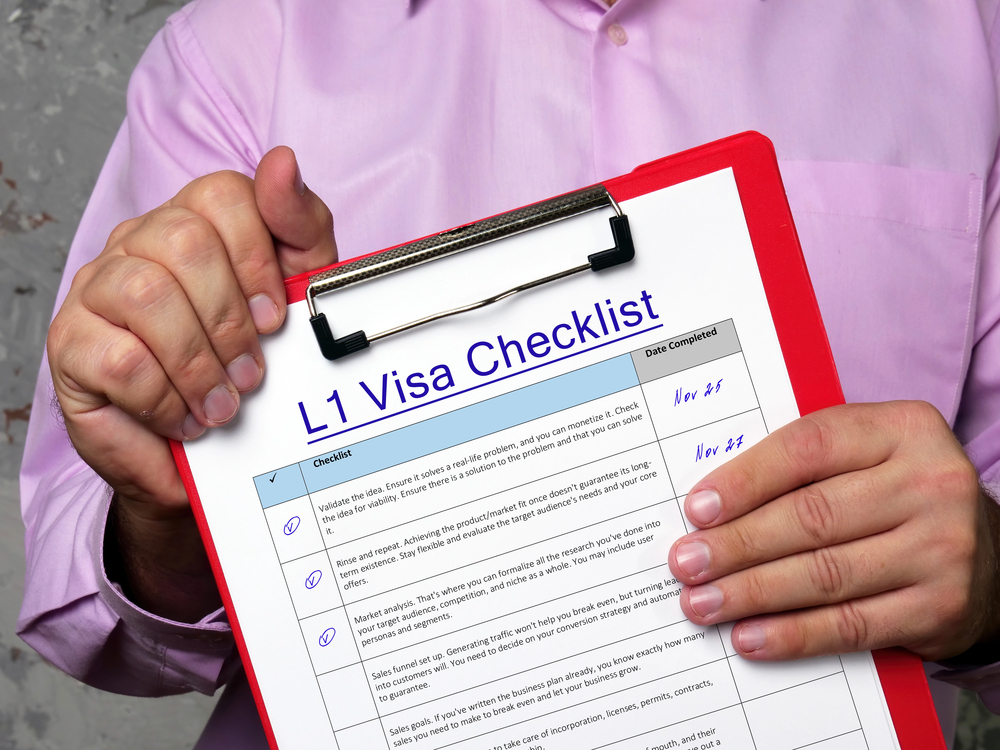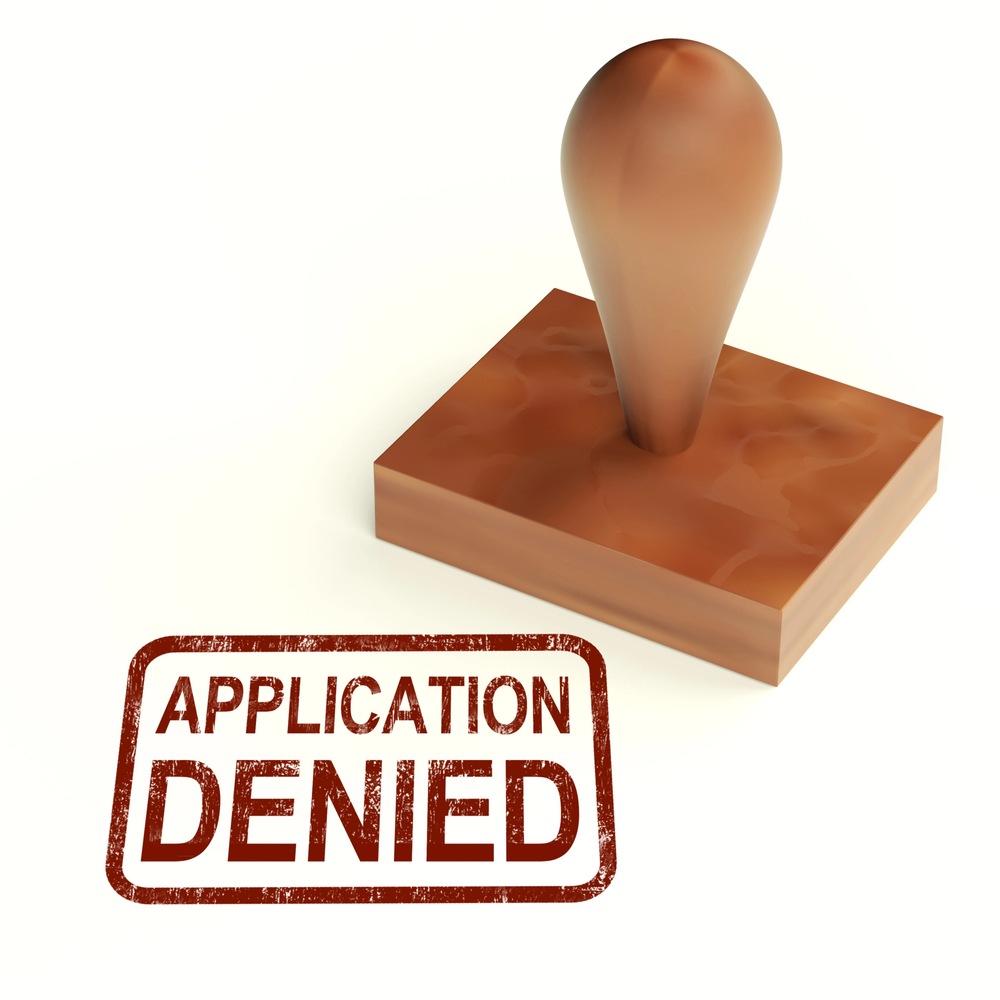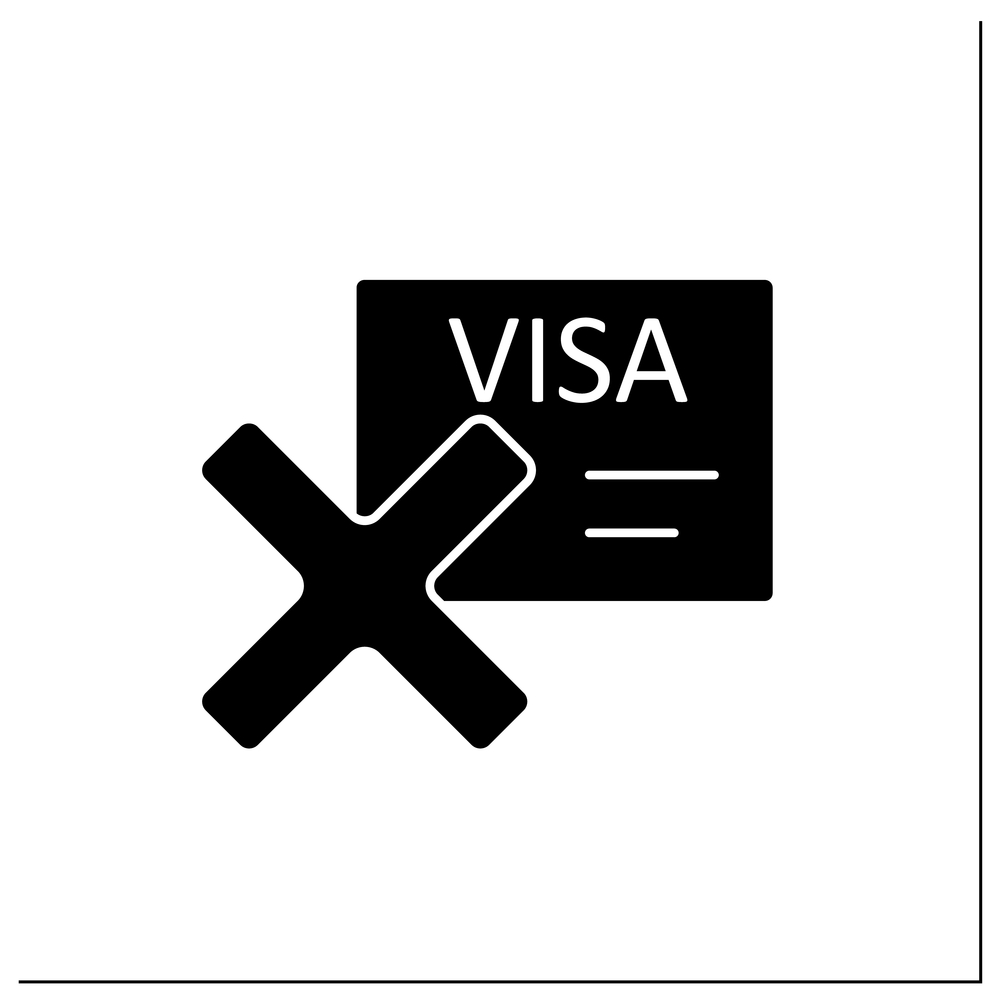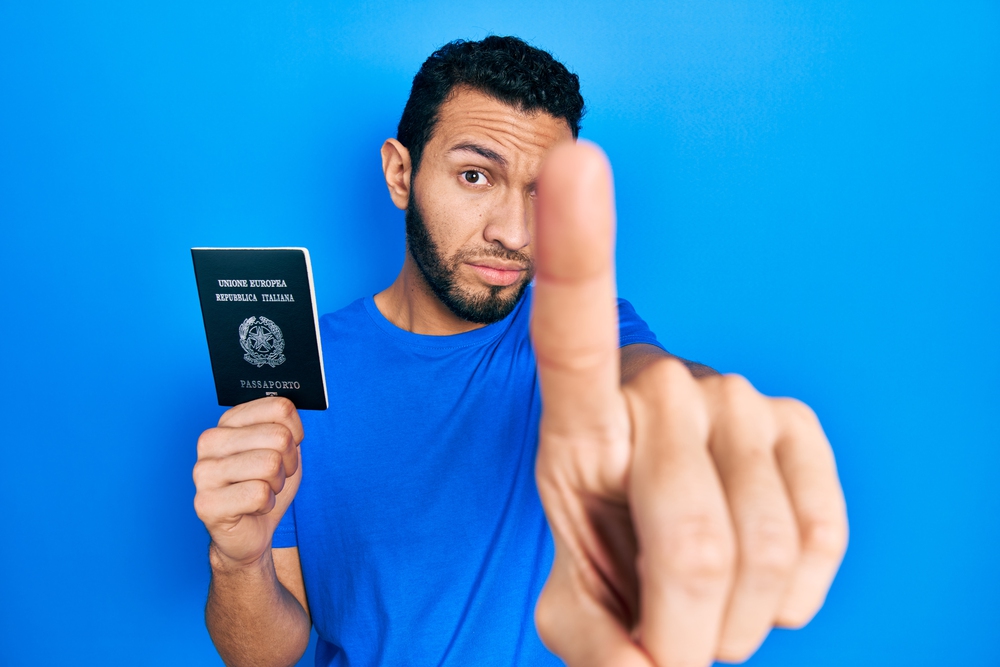Moving abroad is exciting, yet getting your visa wrong can flip your dream into a nightmare faster than you can say “application denied.” Every year, thousands of people watch their overseas plans collapse because of small, avoidable errors that end up having huge consequences.
The visa process can feel like navigating a maze while blindfolded, though the truth is most rejections happen for fairly predictable reasons. Here’s a breakdown of 18 visa mistakes that could completely derail your move abroad.
Submitting incomplete application forms

Leaving blank fields on your visa form is a lot like turning up to a job interview in your pajamas—it just doesn’t work. Immigration officers expect every section to be filled in, even if a question doesn’t seem relevant. Skip a mandatory field, and the system may not let you submit at all; send it incomplete, and rejection comes quicker than a bad pickup line. The fix is simple but takes patience. Read every instruction carefully and write “not applicable” or “N/A” instead of leaving gaps. Think of it as following a recipe—you can’t just leave out an ingredient and hope for the same result.
Providing inconsistent personal information

Your full name, birthdate, and passport number must match exactly on every single document you submit. Sounds basic, yet plenty of applicants stumble on small inconsistencies—maybe using a middle name on one form and leaving it off another. Immigration databases cross-check everything, and even the tiniest mismatch can raise red flags. If your official documents contain variations in spelling or formatting, get them corrected before you apply. Consistency across your passport, forms, and supporting paperwork is essential, not optional.
Applying with an invalid or soon-to-expire passport

Most countries require your passport to be valid at least three months beyond your planned departure date—some demand six. You’ll also need at least two blank pages for visas and entry stamps. A damaged passport with loose pages or a torn cover is almost guaranteed to cause issues. Plan ahead—if your passport expires within six months of travel, renew it before even starting the application. That way, you avoid the headache of getting your visa approved but being unable to travel.
Submitting fake or fraudulent documents

Forging bank statements, employment letters, or hotel bookings might seem like a shortcut, but it’s actually a fast track to rejection—and possibly a future ban. Immigration officers are highly trained to spot fakes, and many countries share this information internationally, making later applications even harder. Stick to legitimate documentation. Use free cancellation hotel bookings, flexible flight reservations, and certified bank statements. It may take more effort, yet it protects your travel prospects long term.
Insufficient financial proof

Having money in your account isn’t enough—you need to show where it came from and that it’s genuinely yours. Sudden large deposits before applying look suspicious, especially if they don’t align with your income history. Include bank statements from at least the last six months, salary slips, tax returns, and explanations for unusual transactions. If you have a sponsor, ensure their financial paperwork is equally complete and includes a formal sponsorship letter.
Missing required supporting documents

Every visa type comes with a specific checklist, and missing even one document can sink your application. Forgetting a certified translation, leaving out an apostille, or submitting the wrong file format all count as errors. Download the official checklist from the embassy’s site and tick off each requirement as you collect it. Having another person review your application before submission can catch mistakes you might miss.
Applying at the wrong embassy or consulate

For multi-country trips, you apply at the embassy of your main destination—the country where you’ll spend the most time. If the trip is evenly split, it’s the embassy of your first entry point. Get this wrong, and rejection is automatic, no matter how flawless the rest is. Map out your itinerary clearly before choosing where to apply. When in doubt, confirm with the embassy to avoid wasted time and fees.
Inadequate travel insurance coverage

Some countries—like those in the Schengen area—require minimum medical coverage of around €30,000. Your insurance must cover your entire stay and every country you’re visiting. Cheap policies often fall short of these requirements. Opt for reputable insurers experienced in visa-related coverage. Make sure your policy includes medical emergencies, repatriation, and any other country-specific demands.
Poor interview performance

A visa interview isn’t a casual chat—it’s an official assessment. Officers listen for consistency and sincerity, not memorized answers. Rehearsed, robotic responses can raise suspicion rather than inspire confidence. Know your travel plans inside out so you can speak naturally. Bring documentation to back up your statements and be ready for follow-up questions on finances, itinerary, and home ties.
Failing to demonstrate strong home country ties

Visa officers must be convinced you’ll return home. Without proof—such as stable employment, family responsibilities, or property ownership—they may assume you’ll overstay. Submit employment contracts, property deeds, enrollment letters, or return-to-work notices. The stronger your paper trail, the better your chances.
Applying too close to travel dates

Processing can take weeks or months, especially in busy seasons. Rushing an application increases errors and limits your ability to fix problems. Apply early—up to 90 days before departure for many visas. This gives you breathing room if delays happen.
Using outdated or incorrect application forms

Visa forms change regularly, and using an outdated version often means instant rejection. Download forms directly from official embassy sites—never from old files or unofficial sources. Always check the form’s version date and make sure it matches your specific visa category.
Providing unclear travel purpose or itinerary

Vague statements like “I want to see Europe” make officers suspicious. Your itinerary should match your stated visa type and include realistic, specific plans. Align your bookings with your purpose—tourists need sightseeing plans, business travelers need meeting schedules.
Not disclosing previous visa rejections or violations

Trying to hide a past visa denial or overstay will almost always backfire. Immigration systems record these events, and dishonesty can result in bans. Be transparent. Explain what’s changed since the rejection and provide proof—stronger finances, new employment, or other ties to your home country.
Inadequate sponsor information and documentation

When someone else funds your trip, their details must be complete and credible. Missing financial proof or unclear relationships raise red flags. Sponsors should supply recent financial statements, job verification, and a clear explanation of their relationship to you, all backed by certified documents.
Misunderstanding visa category requirements

Each visa type has distinct rules. Applying for the wrong one—say, a tourist visa when you intend to work—means certain rejection. Research thoroughly and, if needed, contact the embassy for confirmation before applying.
Ignoring country-specific documentation requirements

Photo sizes, file formats, or extra forms can differ by country. What worked before might be wrong for your next application. Always follow the exact requirements from your destination’s official embassy website.
Submitting applications during peak processing times without extra time

Holidays, summer, and big events create backlogs. Applying during these without extra lead time can mean missing your travel dates despite approval. Plan for delays in busy seasons—or, if possible, apply off-peak or pay for expedited processing.
When persistence pays off

Visa procedures have grown more complex than in the days when a letter of introduction could get you across borders. Yet with that complexity comes predictability—once you know the common pitfalls.
Most rejections happen due to avoidable mistakes, not because applicants are unqualified. Understanding requirements, preparing thoroughly, and giving yourself enough time can greatly improve your approval odds. Your overseas adventure is worth the extra care in getting it right the first time.
More from Travel Pug

- 20 Best Beach Towns in the Carolinas
- 13 Destinations Where Tourists Regularly Regret Their Trip
- 20 Things You Actually Get in First Class
- 20 Small Airports With Aviation Museums
- 20 Places in the U.S. That Are Perfect for a Reset Trip
Like Travel Pug’s content? Follow us on MSN.
